Headlines: CU Scientists explore ways to combat methicillin-resistant staff infections; Yale survey indicates Coloradans concerned about climate change; Denver and Boulder Cafe Sci’s begin for fall; Farewell to Population scientist, Al Bartlett.
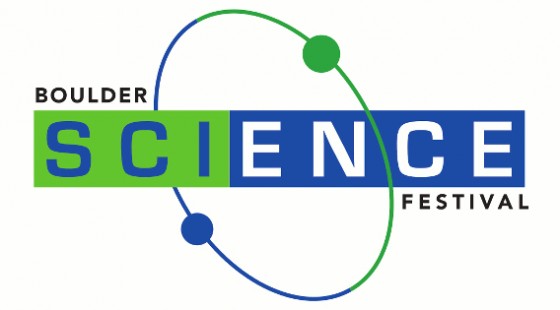 Boulder Science Festival (starts at 5:58) Many people in Boulder are familiar with the large number of local science groups and institutes, so what better place to celebrate and learn about science? That is exactly what our next two guests plan to do: create the Boulder Science Festival, which will be held October 12-13 at the Millennium Harvest House hotel. In the studio today we have Marcella Setter, the Director of the Boulder Science Festival, and an experienced administrator who loves organizing events that get the public excited about science. As the Director of Science Getaways, Marcella plans group trips for science enthusiasts who want to add some learning and discovery to their vacations. Joining Marcella here in the studio is her husband, Phil Plait, an astronomer, author, and writer of the Bad Astronomy Blog for Slate.com. An internationally-acclaimed speaker, Dr. Plait has appeared on numerous television science documentaries and is a self-proclaimed “science evangelizer”.
Boulder Science Festival (starts at 5:58) Many people in Boulder are familiar with the large number of local science groups and institutes, so what better place to celebrate and learn about science? That is exactly what our next two guests plan to do: create the Boulder Science Festival, which will be held October 12-13 at the Millennium Harvest House hotel. In the studio today we have Marcella Setter, the Director of the Boulder Science Festival, and an experienced administrator who loves organizing events that get the public excited about science. As the Director of Science Getaways, Marcella plans group trips for science enthusiasts who want to add some learning and discovery to their vacations. Joining Marcella here in the studio is her husband, Phil Plait, an astronomer, author, and writer of the Bad Astronomy Blog for Slate.com. An internationally-acclaimed speaker, Dr. Plait has appeared on numerous television science documentaries and is a self-proclaimed “science evangelizer”.
 Insect Chorus Songs (starts at 14:58) You’ve heard it. It’s the sound of summer – or rather, the looming end of summer. The chorus of crickets, cicadas and who knows what else outside that is now in prime time. As an ode to summer, we thought we’d bring in a cicada and other insect specialist to share with us who the heck these critters are, and what’s their role in biodiversity. Maybe he’ll even tell us how we can eat them – like billions of people around the world do with delight. Brian Stucky is a doctoral student in ecology and evolutionary biology at the University of Colorado Boulder.
Insect Chorus Songs (starts at 14:58) You’ve heard it. It’s the sound of summer – or rather, the looming end of summer. The chorus of crickets, cicadas and who knows what else outside that is now in prime time. As an ode to summer, we thought we’d bring in a cicada and other insect specialist to share with us who the heck these critters are, and what’s their role in biodiversity. Maybe he’ll even tell us how we can eat them – like billions of people around the world do with delight. Brian Stucky is a doctoral student in ecology and evolutionary biology at the University of Colorado Boulder.
Hosts: Susan Moran, Joel Parker
Producer: Shelley Schlender
Engineer: Joel Parker
Executive Producer: Susan Moran
Listen to the show:
Podcast: Play in new window | Download (Duration: 23:41 — 21.7MB)
Subscribe: RSS

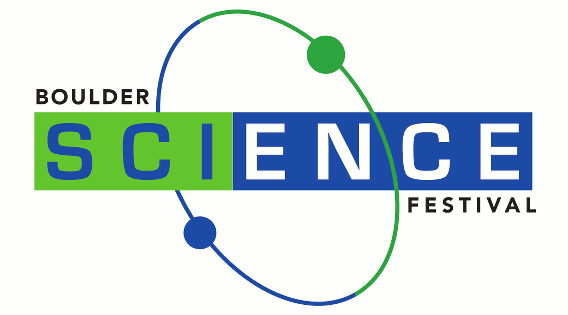



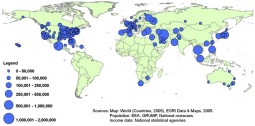
 Noise Pollution (starts at 6:15) – How on Earth’s Shelley Schlender talks with research scientist Larry Finegold about noise pollution and about a workshop being held today in Denver about
Noise Pollution (starts at 6:15) – How on Earth’s Shelley Schlender talks with research scientist Larry Finegold about noise pollution and about a workshop being held today in Denver about 
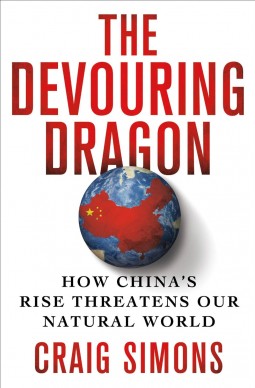 Feature #1 – China’s Environmental Impact (start time 4:46): China’s meteoric economic rise is causing harmful side effects, ranging from choking air pollution domestically to threatened forests, wildlife and air quality around the globe. Of course China’s per capita greenhouse gas emissions still pale in comparison to those in the United States, and roughly one-third of China’s CO2 emissions are generated to manufacture goods that are exported to the U.S. and other nations. Craig Simons, a former journalist and author of a recently published book,
Feature #1 – China’s Environmental Impact (start time 4:46): China’s meteoric economic rise is causing harmful side effects, ranging from choking air pollution domestically to threatened forests, wildlife and air quality around the globe. Of course China’s per capita greenhouse gas emissions still pale in comparison to those in the United States, and roughly one-third of China’s CO2 emissions are generated to manufacture goods that are exported to the U.S. and other nations. Craig Simons, a former journalist and author of a recently published book, 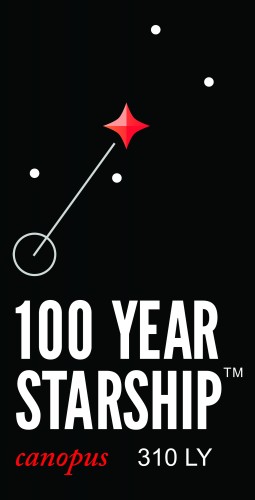 Feature #2 – 100 Year Starship (start time 15:35): Science and exploration tend to be long-term commitments. That’s well-known by fans of the “Hitchhiker’s Guide to The Galaxy” series, where the computer Deep Thought did calculations for 7.5 million years to find the answer to The Ultimate Question of Life, the Universe, and everything. However, projects on our world tend to be limited by shorter-term political and funding cycles. So it is hard enough to consider projects that require thinking a decade into the future, beyond many political lifetimes. What about projects that require thinking a century or more into the future, many generations from now? Well, that is exactly what one group of space exploration advocates is working toward. The project is called the
Feature #2 – 100 Year Starship (start time 15:35): Science and exploration tend to be long-term commitments. That’s well-known by fans of the “Hitchhiker’s Guide to The Galaxy” series, where the computer Deep Thought did calculations for 7.5 million years to find the answer to The Ultimate Question of Life, the Universe, and everything. However, projects on our world tend to be limited by shorter-term political and funding cycles. So it is hard enough to consider projects that require thinking a decade into the future, beyond many political lifetimes. What about projects that require thinking a century or more into the future, many generations from now? Well, that is exactly what one group of space exploration advocates is working toward. The project is called the 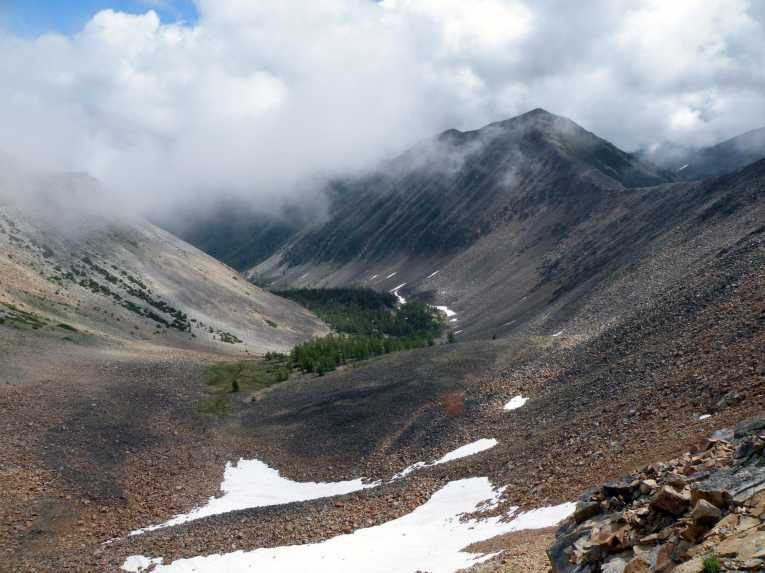

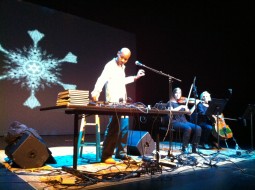

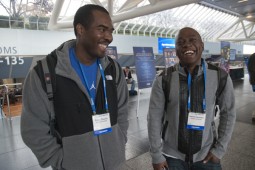
 Feature #2: (start time: 15:42) You’ve probably heard by now that 2012 was the warmest ever in the U.S. We’re not the only ones overheating. At the bottom of the world, over the last 50 years, West Antarctica has warmed more than scientists had thought. The implications are huge; an enormous ice sheet there may be at risk of long-term collapse, which could cause sea levels to rise alarmingly. Co-host Susan Moran speaks with
Feature #2: (start time: 15:42) You’ve probably heard by now that 2012 was the warmest ever in the U.S. We’re not the only ones overheating. At the bottom of the world, over the last 50 years, West Antarctica has warmed more than scientists had thought. The implications are huge; an enormous ice sheet there may be at risk of long-term collapse, which could cause sea levels to rise alarmingly. Co-host Susan Moran speaks with 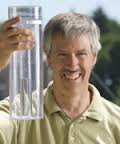

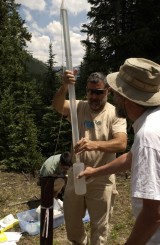


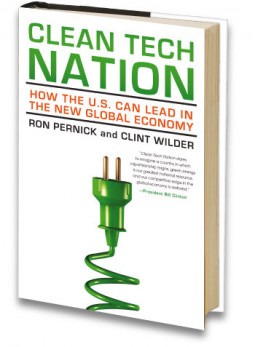 Clean Tech Nation (start time: 4:57): Over the last few years renewable electricity generation has doubled, thanks in part to President Obama’s 2009 stimulus package. In fact, many clean technologies and industries have taken off, including solar, biofuels, green building and electric vehicles. But the stimulus money is about to run out, as is the production tax credit for wind development. To make sense of the current status of and future prospects for
Clean Tech Nation (start time: 4:57): Over the last few years renewable electricity generation has doubled, thanks in part to President Obama’s 2009 stimulus package. In fact, many clean technologies and industries have taken off, including solar, biofuels, green building and electric vehicles. But the stimulus money is about to run out, as is the production tax credit for wind development. To make sense of the current status of and future prospects for 
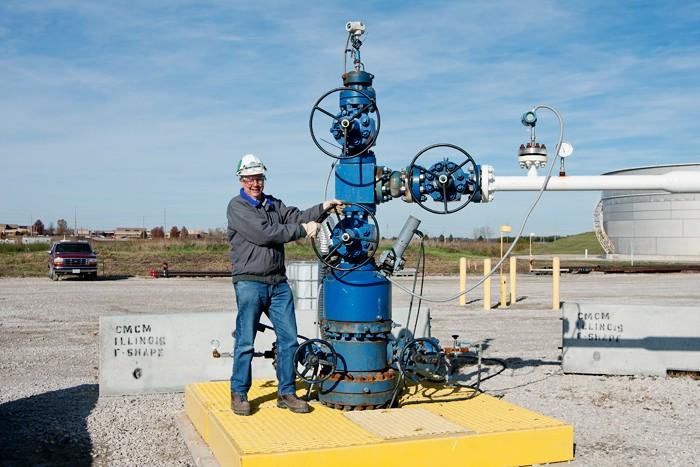

 Colorado Clean-tech Industry (Start time 16:14): It’s not news that we are in an economic downturn. Nor is it news that the world is facing monumental environmental problems. How about a way to kill two birds with one stone? Co-host Tom McKinnon discusses how with Wayne Greenberg, director of the Fellows Institute, which is sponsored by the
Colorado Clean-tech Industry (Start time 16:14): It’s not news that we are in an economic downturn. Nor is it news that the world is facing monumental environmental problems. How about a way to kill two birds with one stone? Co-host Tom McKinnon discusses how with Wayne Greenberg, director of the Fellows Institute, which is sponsored by the 
 Bees and Pesticides (start at 6:40). Two studies published last week in the journal Science (
Bees and Pesticides (start at 6:40). Two studies published last week in the journal Science ( Radiometers and Weather (start at 12:50). Predicting the weather is a tough job, and climate change is bringing unseasonal conditions that make it even more difficult to predict. But a monitoring device produced here in Boulder may be able to improve local weather forecasts significnatly. These radiometers work by creating 3-D profiles of the moisture in the air, which is a key element for meteorologists and climate modelers alike. They are now being put to various weather-related uses all over the planet. Stick Ware is the founder and lead scientist of the Boulder-based company,
Radiometers and Weather (start at 12:50). Predicting the weather is a tough job, and climate change is bringing unseasonal conditions that make it even more difficult to predict. But a monitoring device produced here in Boulder may be able to improve local weather forecasts significnatly. These radiometers work by creating 3-D profiles of the moisture in the air, which is a key element for meteorologists and climate modelers alike. They are now being put to various weather-related uses all over the planet. Stick Ware is the founder and lead scientist of the Boulder-based company, 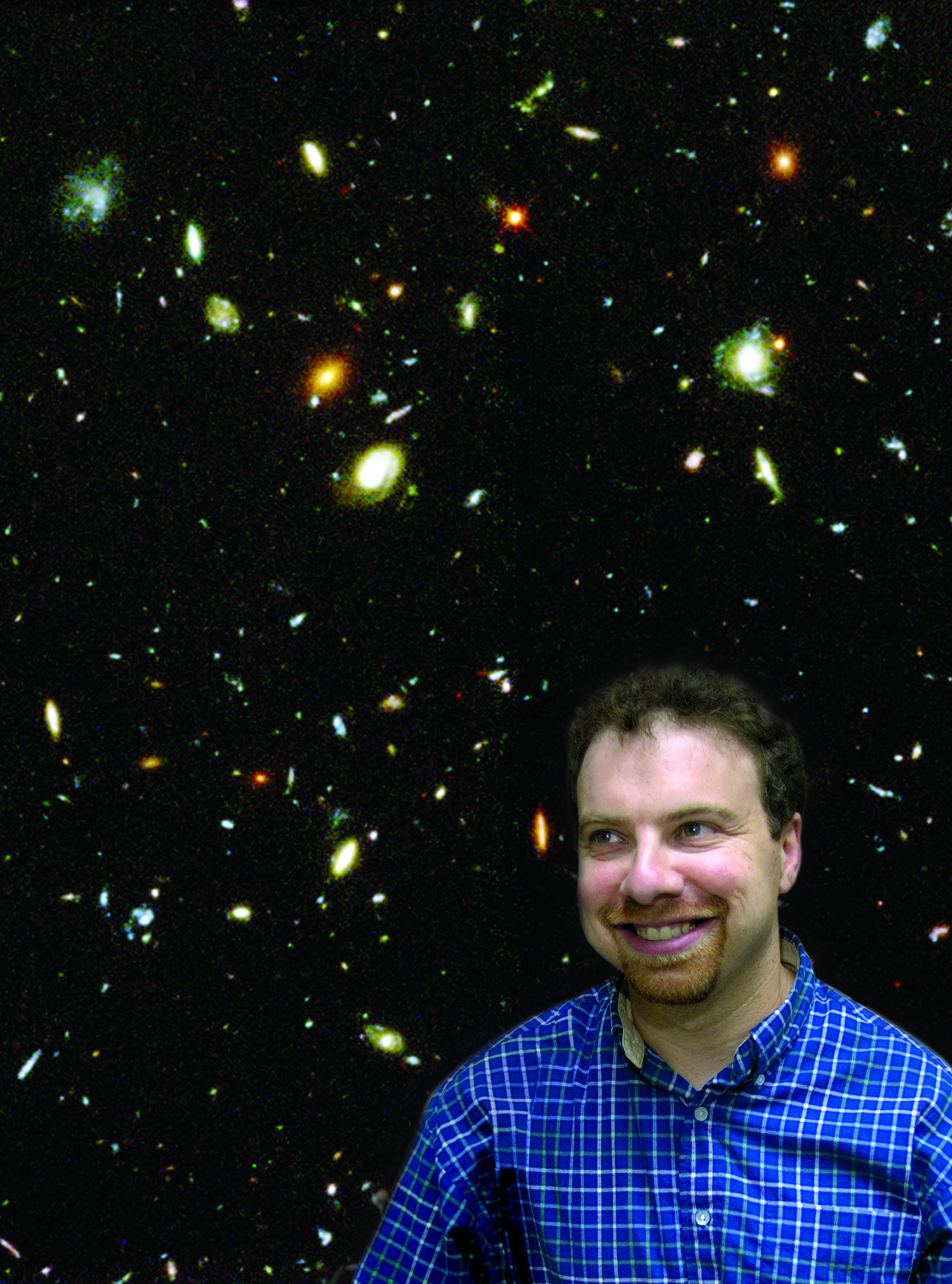
 The Accelerating Expansion of The Universe (start at 5:11). Have you ever had the feeling that things are moving faster and faster these days? Well, maybe it’s not your imagination. Proof that the universe is not just expanding but is accelerating garnered a
The Accelerating Expansion of The Universe (start at 5:11). Have you ever had the feeling that things are moving faster and faster these days? Well, maybe it’s not your imagination. Proof that the universe is not just expanding but is accelerating garnered a 